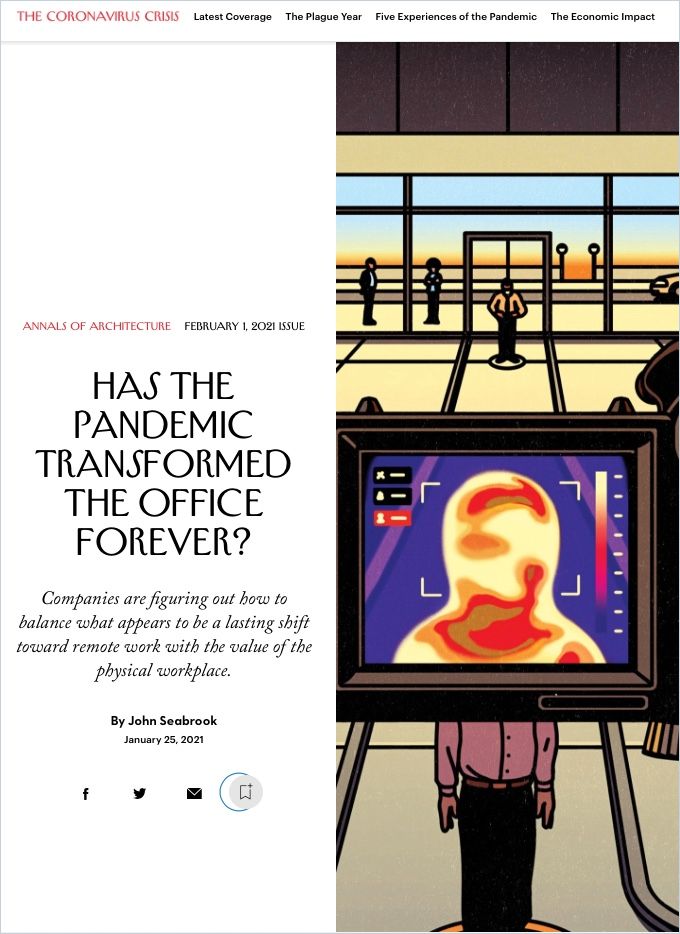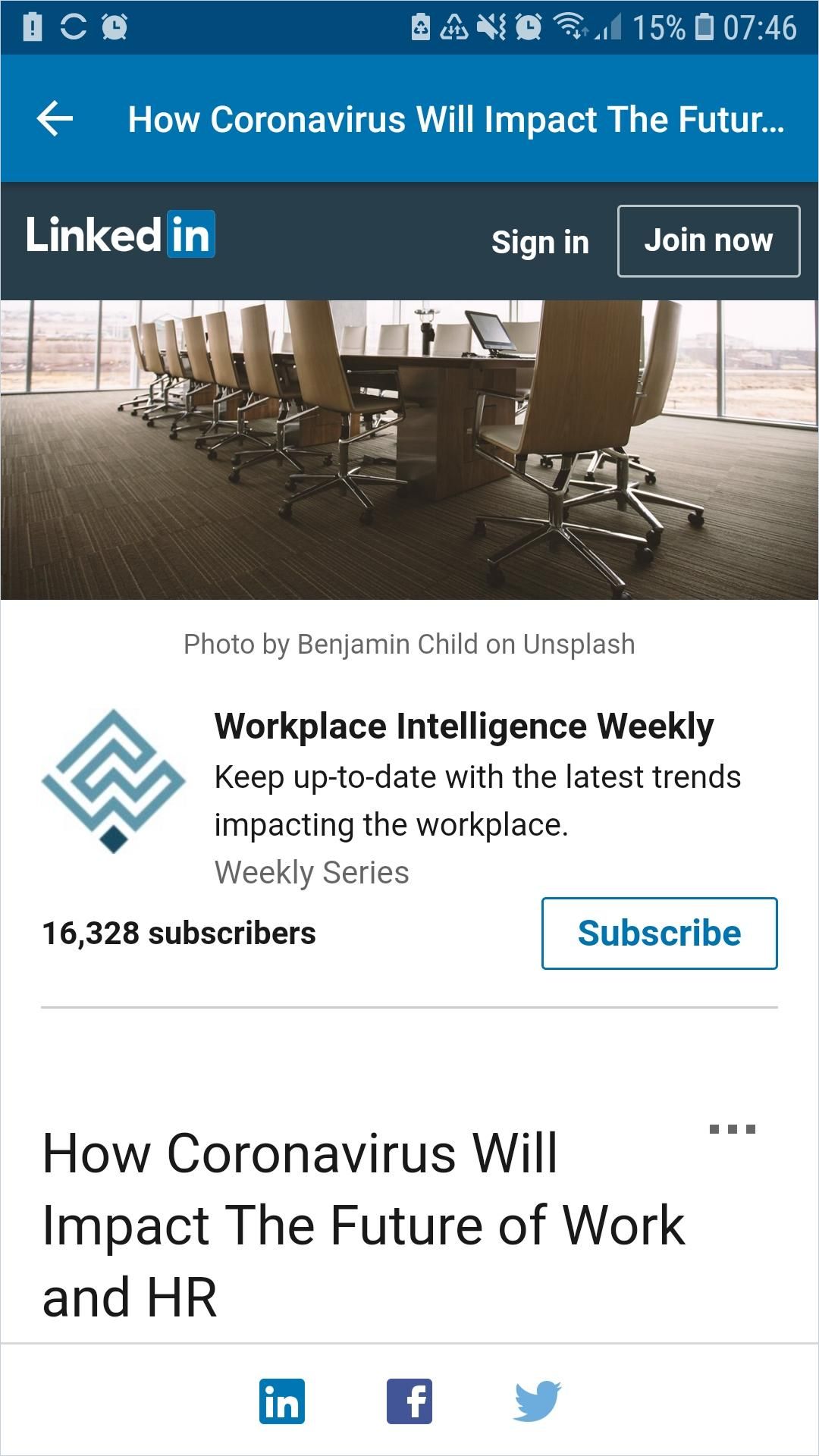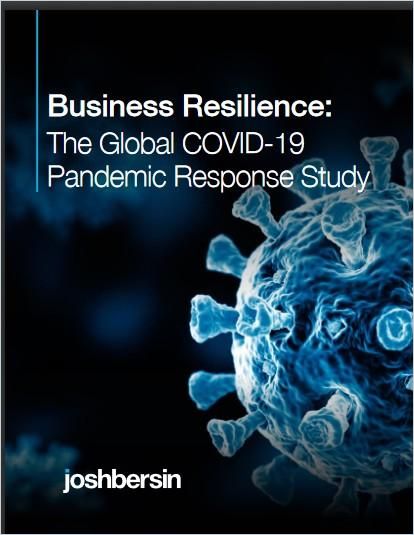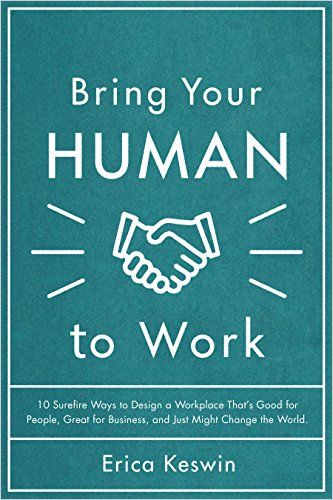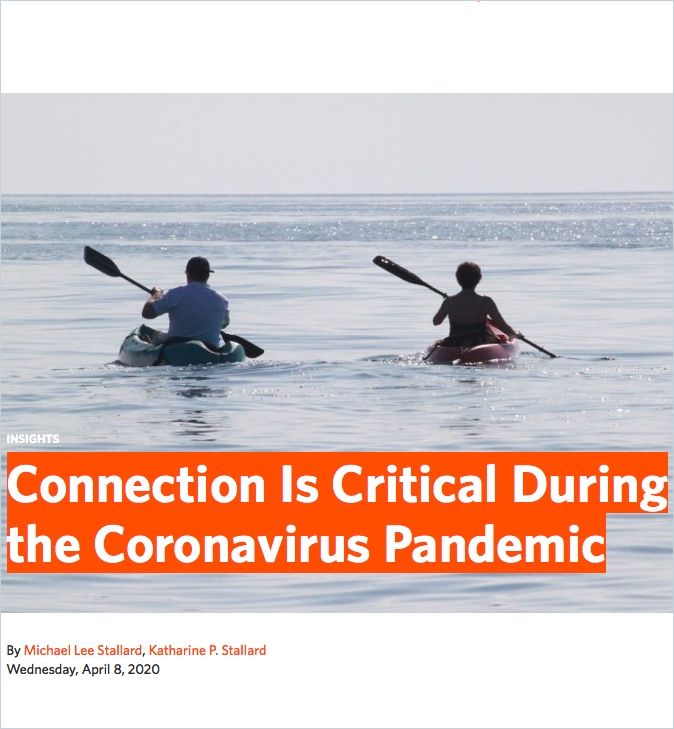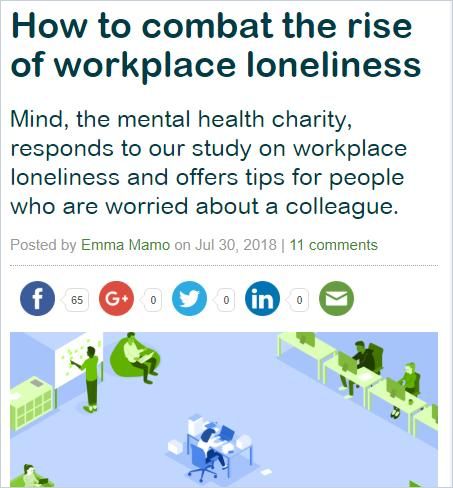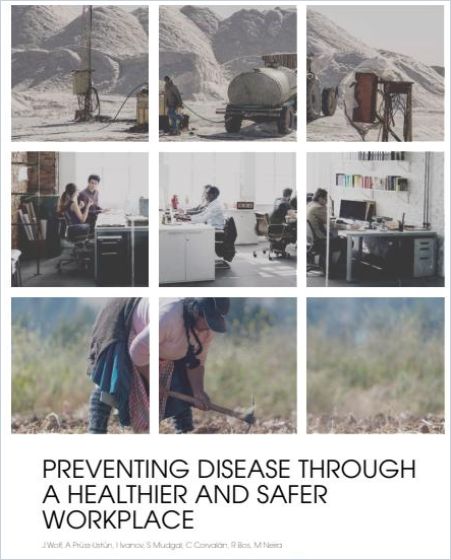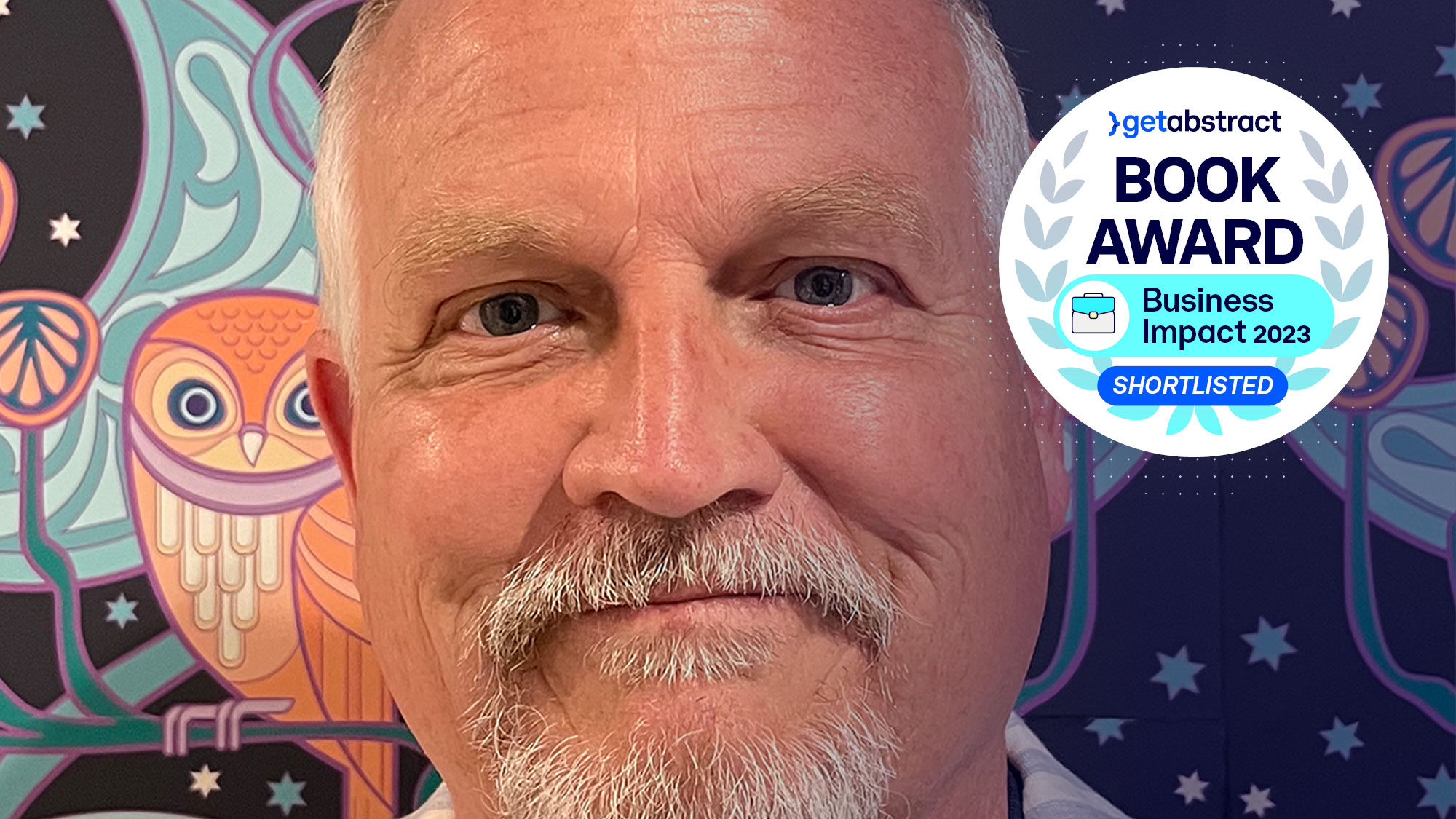The Hybrid Workplace
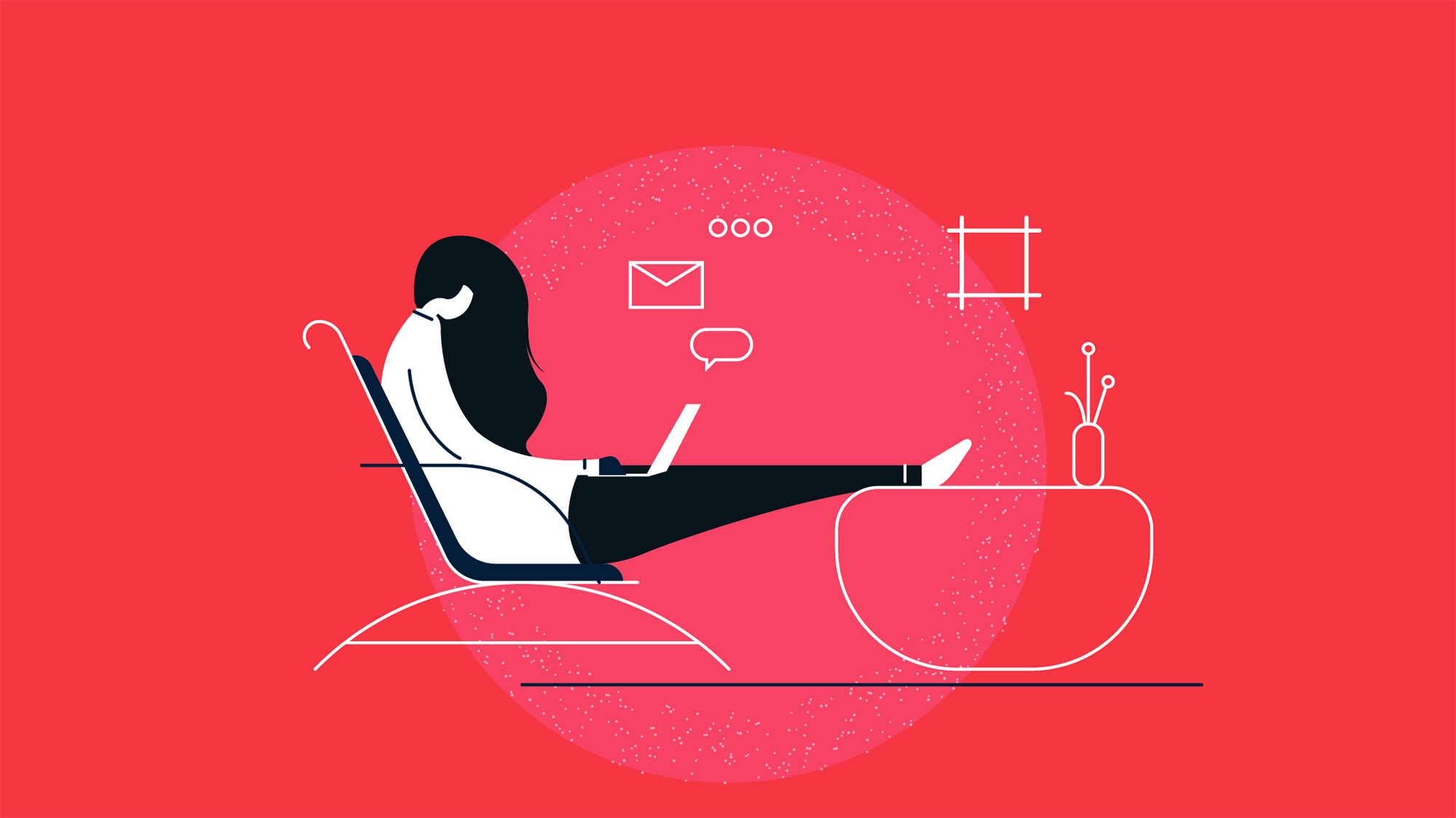
Numerous large companies are now reevaluating their office needs. Upwork, a freelancing site, estimated that 27% of US workers would be remote by 2021. Some 20 million members of the workforce either plan to move or have already moved – mostly away from big cities. Here’s everything you need to know about this trend:
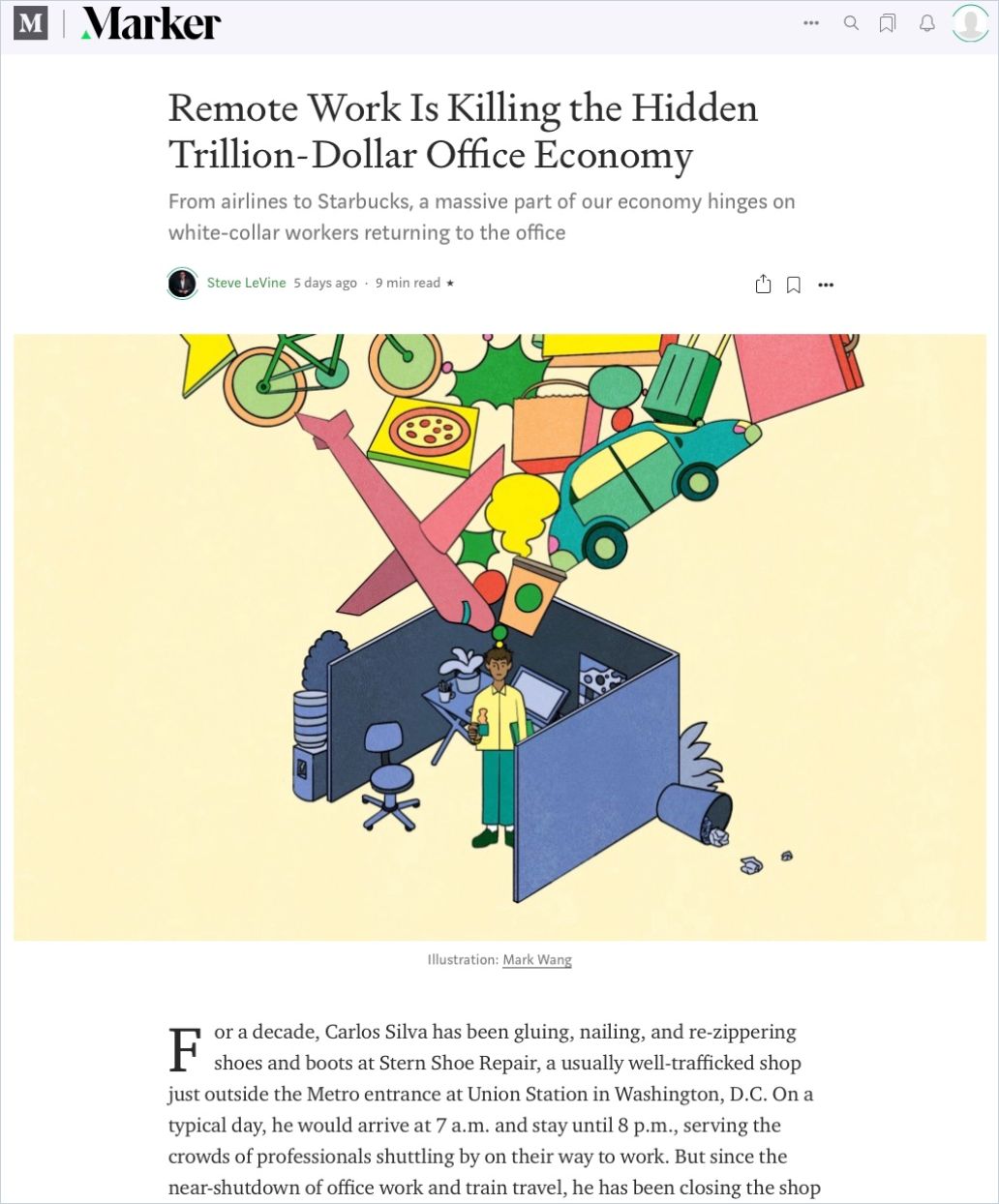
Remote Work Is Killing the Hidden Trillion-Dollar Office Economy
Medium Read SummaryHow should you respond to these trends?
1. Convert the Place
Successful companies understand that investing in a healthy environment helps their workforce perform at its best, which, in turn, benefits the organization’s bottom line. In Healthy Buildings, Dr. Joseph Allen and John Macomber share their expertise in public health, business and forensic investigation by detailing the nine foundations of a “Healthy Building,” including practices to increase ventilation, improve air quality and reduce exposure to indoor pollutants.
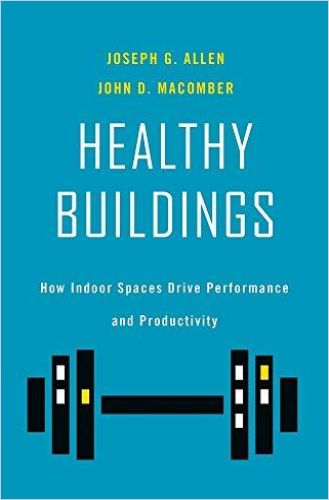
2. Convert the Principles
A healthy work atmosphere doesn’t stop at clean air, proper desk height and enough light. Reporting for the Trades Union Congress (TUC), writers Becky Allen and Howard Fidderman provide a comprehensive overview of workplace hazards and chronic diseases, discussing mental illness and health conditions that the workplace generates or aggravates. Although their focus is the United Kingdom – and although this was written before the COVID-19 pandemic – they offer solutions and ideas for employers and employees worldwide.
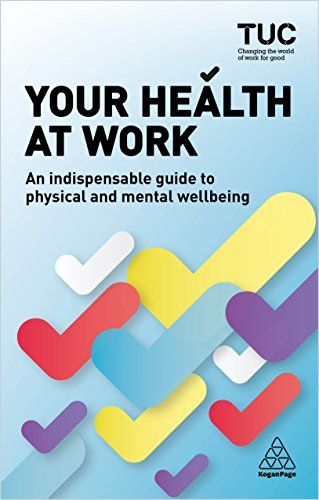
At home, you are largely responsible for all these things yourself. Here are a few tips on how to stay healthy at home:
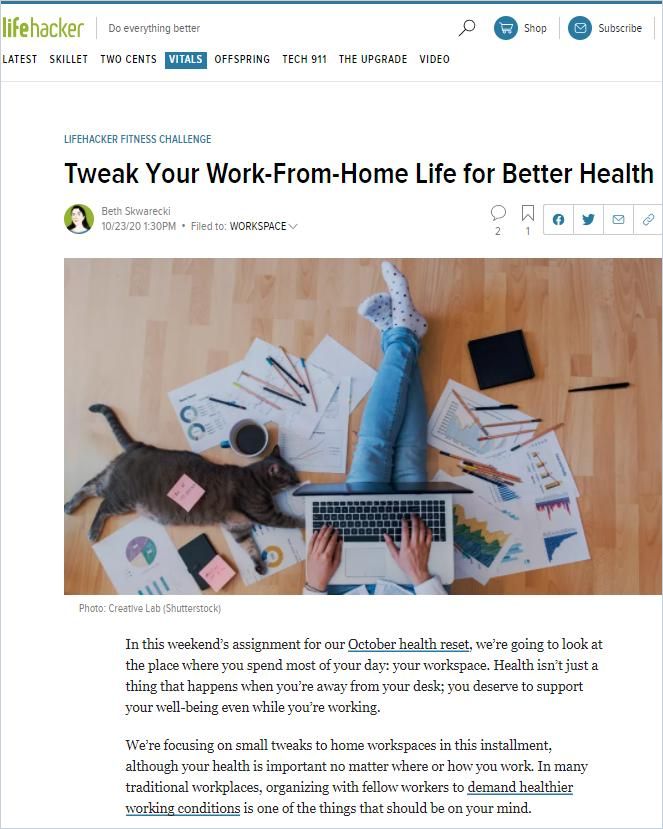
3. Meet and Balance Expectations
Cambridge University Professor Jennifer Howard-Grenville explains in the MIT Sloan Management Review that corporate culture is much more than the physical elements of an office. With more people working remotely, companies must focus on the core elements of their culture in order to sustain it.
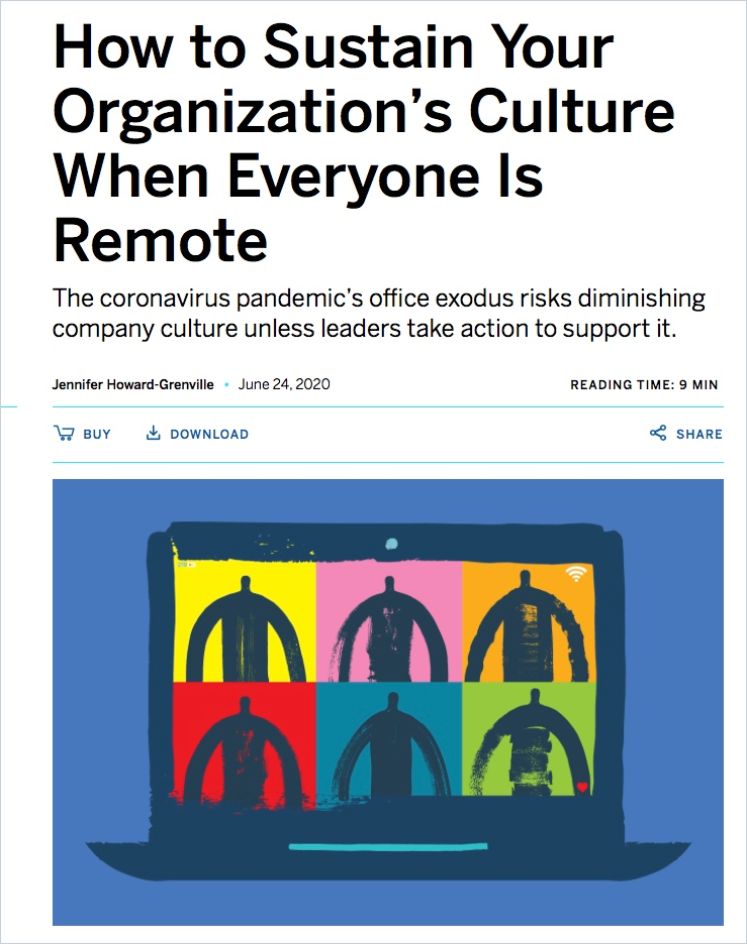
How to Sustain Your Organization’s Culture When Everyone Is Remote
MIT Sloan Management ReviewHybrid forms of work, that is, a mix of employees who are in the office and work from home, don’t make collaboration easier – either for the employer or for the employee. Here’s the elevator pitch:
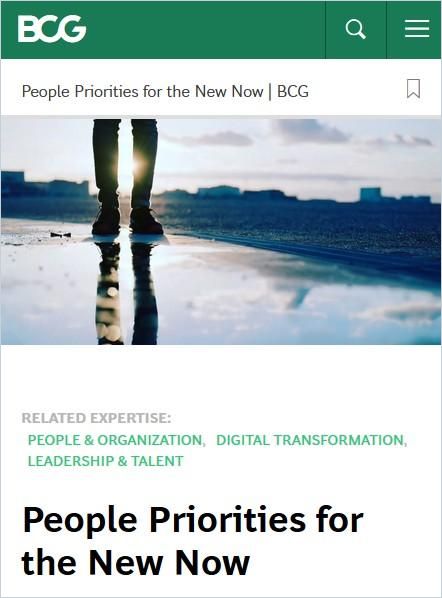
When it comes to expectations, consider:
- Your employees want a comfortable environment.
- Flexible schedules.
- Work-life balance.
- Inspiring leaders.
Millennials and gen Z employees, in particular, expect:
- Corporate responsibility.
- Sustainable practices.
- Professional development.
Even big firms can incorporate these strategies, as many have done for decades. Here is how:
4. Let’s Talk About Stress…
Most people despise stress, which, according to conventional wisdom, damages your physical and mental well-being. Health psychologist Kelly McGonigal shatters this popular myth. She presents research proving that your outlook on stress determines whether it has a positive or negative influence on you.

5. …and Loneliness
Feeling lonely at work? Most people believe that work isn’t the place for feelings; just show up and get the job done. If you’re in management, your job is to keep people focused on the task at hand. Their personal stuff isn’t your business, right?
Wrong.
According to a Totaljobs survey, 25% of people who felt lonely at work ended up quitting their jobs.
This summary shares tips from Mind, a mental health charity that partnered with Totaljobs to discuss remedies for workplace loneliness.
Next Steps
Take a look at our Resilience resources page, and our New Work Knowledge Container for further information.
